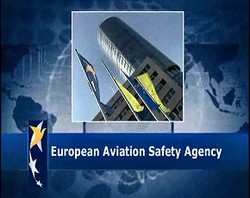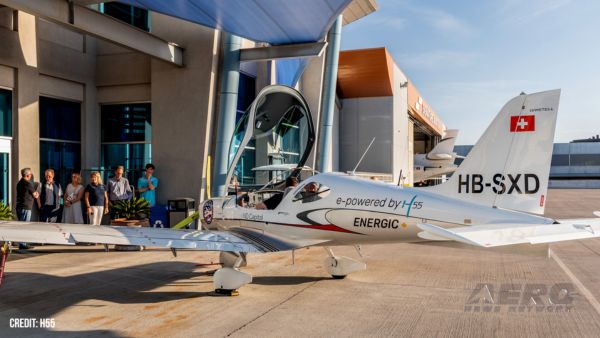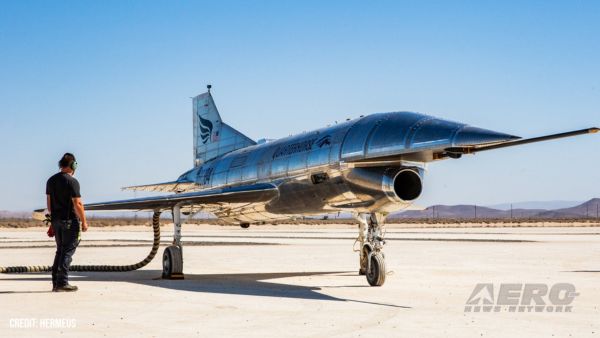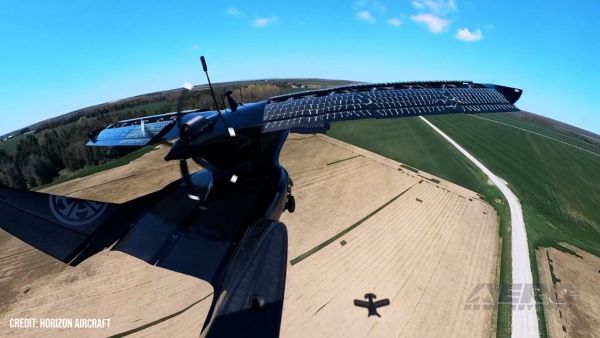Calls Updated Document A 'Pragmatic Approach To Modernizing Europe’s Air Traffic Management Systems'
Europe’s Single Sky modernization has been refined with an update of the European Air Traffic Management Master Plan. This is the newly-agreed-to strategic plan providing technological and operational roadmaps to all aviation stakeholders. It allows for timely, coordinated and efficient deployment of new technologies and procedures in the timeframe to 2030. Its content has been aligned with International Civil Aviation Organisation’s Aviation System Block Upgrades (ASBU), in order to secure global interoperability and synchronization.

At its core, the Master Plan is performance-driven, responding to the four Key Performance Areas (KPAs) of environment, cost-efficiency, safety and capacity. These criteria, set by the European Commission, form part of the wider set of ICAO KPAs. First drafted in early 2009, the Master Plan is intended to evolve with time. This 2012 version helps to better achieve the high level goals of Single European Sky (SES), as set by the European Commission.
The results achieved so far in the R&D program have helped determine intermediate performance targets feeding into SES High level goals. These revised targets correspond to the contribution of SESAR, one (for technology) of the five SES pillars (the other four are Performance, Safety, Airports and Human factor).
Each stakeholder, including the airspace users, air navigation service providers, airport operators, and the network managers (civil and military included), is provided with a roadmap detailing the type and date of the ATM technology change required in the first step of SESAR. These time-based roadmaps also feature necessary air/ground deployment synchronization dates.
Furthermore, roadmaps are included for infrastructure (communication, navigation and surveillance), standardization and regulation. These allow a common European understanding of required changes, in preparation of ICAO’s Twelfth Air Navigation Conference (ANC 12).
The Master Plan focuses on a series of operational changes deemed “essential” to best deliver performance benefits to one or more operating environments, i.e. airport, en-route, terminal maneuvering area, and the network. This allows stakeholders to focus their efforts on a manageable set of necessary changes to reach the Single European Sky high-level goals. These essential operational changes are grouped into six key features which will evolve through three steps up to 2030:
- Moving from Airspace to 4D Trajectory Management
- Traffic Synchronization
- Network Collaborative Management and Dynamic/ Capacity Balancing
- System Wide Information Management
- Airport Integration and Throughput
- Conflict Management and Automation
ICAO’s Global Air Navigation Plan will be based on Aviation System Block Upgrades (ASBU), a suite of modules organized into flexible and scalable building blocks where each module represents a specific, well defined improvement. For the development of the ASBUs, ICAO made use of the material provided by SESAR and the U.S. FAA’s NextGen program. From a SESAR perspective, mapping ICAO’s ASBU was key to achieving global interoperability and synchronization, where and when necessary.
 Oshkosh Memories: An Aero-News Stringer Perspective
Oshkosh Memories: An Aero-News Stringer Perspective NTSB Prelim: Piper PA32RT
NTSB Prelim: Piper PA32RT ANN FAQ: Follow Us On Instagram!
ANN FAQ: Follow Us On Instagram! Aero-News: Quote of the Day (05.28.25)
Aero-News: Quote of the Day (05.28.25) ANN's Daily Aero-Term (05.28.25): Pilot Briefing
ANN's Daily Aero-Term (05.28.25): Pilot Briefing



